 After 8+ years of living and many more years of traveling in developing countries, I have developed a pretty good packing list. I know exactly what to take versus what to buy at my destination. I try to always pack light and leave room for souvenirs. I take the exact same amount of stuff if I am going for 7 days or for 7 weeks. And I am ready to share my secrets with you.
After 8+ years of living and many more years of traveling in developing countries, I have developed a pretty good packing list. I know exactly what to take versus what to buy at my destination. I try to always pack light and leave room for souvenirs. I take the exact same amount of stuff if I am going for 7 days or for 7 weeks. And I am ready to share my secrets with you.
Jump to a Heading Below
Medication
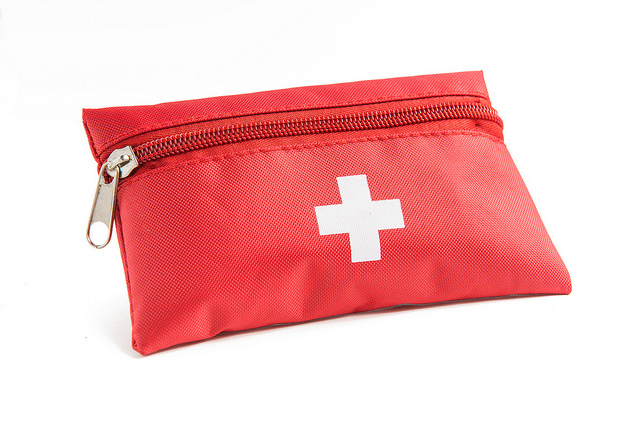
I find that people are always so worried about getting sick on their trip that they bring their entire medicine cabinet with them. A tip – you can buy all of your day to day medications abroad at a fraction of the cost!
Although, there are a few essentials I recommend stocking your medicine kit with for when an emergency strikes. The list seems long, but it should fit into a bag no bigger than your hand or a sandwich size ziplock. Take only small amounts, you can replenish along the way.
- Bring from home: Sunscreen (always better from home), thermometer, band-aids, second skin/moleskin if you are prone to blisters, small travel antibiotic ointment (neosporin), anti-itch cream, gauze, individual packed alcohol swabs, small bottle of headache medicine/fever reducer, Tums, Imodium and Airborne. And obviously if you are on prescription medications, bring enough for your trip.
- Buy at your destination: Mosquito repellent, antibiotics, anti-malarial medications, electrolyte solution and anything else you need as it arises.
I have found over and over again through my years abroad that mosquito repellent from the US does not work as effectively as what the locals use. I am sure that the local repellent is loaded with DEET, but fine by me, if it keeps me from getting malaria or dengue while I am there. Also talk to the hotel staff and find out what they use. Often the most used repellents are burning coils and plug in repellents.
Travel Tip: If plug-in repellent kits are available at your destination, purchase one to plug-in next to your bed before you go to sleep. In India, stock up on Odomos. It is by far the most effective and fragrant insect repellent I have ever found.
I know every other list says to take antibiotics, but really, don’t bother. I will tell you why. Seriously, if you have something that you think you need antibiotics for, you should probably see a doctor to make sure you get the correct medicine for your illness. Local doctors know quickly and easily what medications are best for their local illnesses. Otherwise you could be doing yourself more damage than help. In many countries you will have a few bouts of loose motions or a dodgy tummy, but it is usually your system adjusting to the local foods, spice and/or heat. If you have antibiotics on you, you will be more likely to use them when you may not need them. Plus, if you are in a developing country, the doctor visit and the antibiotics will be cheaper than the prescription that you will bring from home. If you are staying in anything above a backpacker hostel, the hotel will easily be able to call a doctor to visit your hotel room if you are too sick to travel outside.
Anti-malarial. This is a personal choice. My recommendation has always been to prevent the bites rather than take medication to mitigate the effects of a bite. Dengue has no cure or prevention other than not getting bit. The treatment for malaria is basically the same as the preventive medication, which you can buy locally for much cheaper if you want to be safe.
Electrolytes. When you are out and about exploring a city, stop into a chemist and pick up a few packets of electrolyte in case you need it. It’s much cheaper there than at home, so why not buy it at your destination and feel free to toss it at the end of your trip if you have no space left. And you won’t need it your first night anyway right, so there is no rush.
Clothes
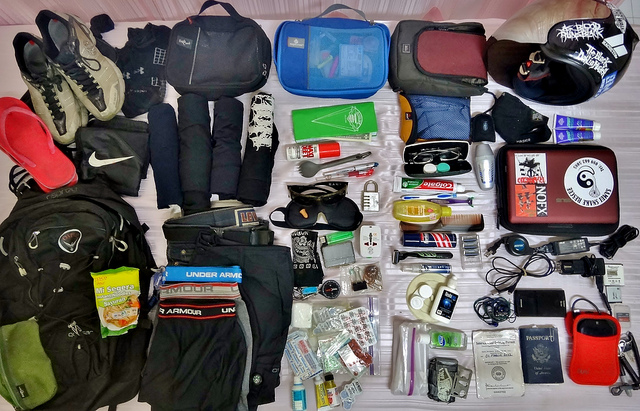
Take a lot less than you think you need. I always recommend that you take clothes that are a bit more conservative than you might normally wear. I never take more than 7 days (8 if you include what I am wearing) of outfits, no matter how long I am traveling for.
My personal packing list includes:
- 7 pairs of underwear (in addition to what I am wearing)
- 2 bras (total)
- 3-4 bottoms (skirts, pants, leggings)
- at least 1 hoodie or cardigan depending on the season
- Pashmina or a light scarf to wear in the heat or to cover up in temples
- For very sunny, hot conditions, a sun hat that packs small
- A sun dress or wrinkle resistant dress for a night out on the town
- For sleeping, I usually take 1-2 tank tops and light pj pants
- Socks (ankle socks, socks for cold)
Travel Tip: If you are traveling with another person, put at least one change of clothes in their suitcase (and vise versa) to help mitigate the stress of lost luggage. If you are alone, carry a light change of clothes in your carry-on bag.
When I am travelling abroad I always pack for comfort first and style second. I try to bring a few light items like scarfs or cheap jewelry to jazz up an outfit. Do not take your favorite dry clean only clothes, you will only be sorry later. You will most likely be doing laundry on the road, so you need to plan on less than stellar laundry facilities and clothes that could be ruined.
I have my few outfits that I always take travelling and they tend to have one thing in common – leggings! Leggings are easy to travel in, don’t get wrinkled and can be dressed up with a fancier shirt and always preserve modesty. Unless travelling to a beach destination, I do not bring string bikini tank tops – in many countries in the developing world these are quite risque and should be avoided if possible. I also feel the same about shorts, but you can check out what is locally acceptable in your destination country.
Check the local weather conditions and pack accordingly. Remember for tropical climates, even if the actual temperature is only 80 degrees, the humidity levels could be quite high which makes it feel much hotter. For this climate, loose fitting light cotton clothes are best.
Shoes
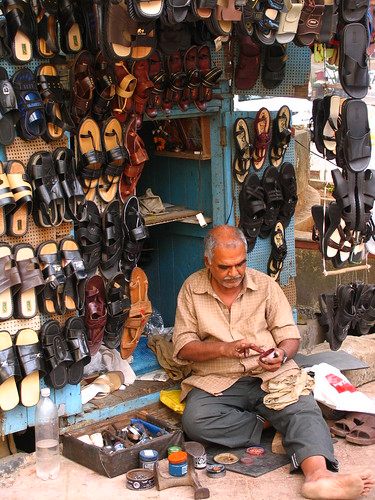
This is a a difficult one for me that I still struggle with on every trip. I always take too many pairs of shoes – even though I wear them all, they take up quite a bit of space. I’m Pisces, ruled by the feet and my feet crave variety!
- A simple pair of thin, light flip flops. Carry these in your carry-on for long plane journeys
- Depending on the season/weather, take at least one pair of closed toe shoes (tennis shoes, hiking shoes or comfortable casual boots for cold urban environments)
- At least one pair of cute sandals that can be worn daily, but that can also be dressy enough for a night out. I love Dansko Women’s Dana Dress Sandal
“>Dansko and Name Your Link
“>Worishofer shoes for this purpose.
Travel Tip: In developing countries you can often get custom made shoes in 2 days or less. Get them if you can – they will be cheap and great for your travels.
Toiletries
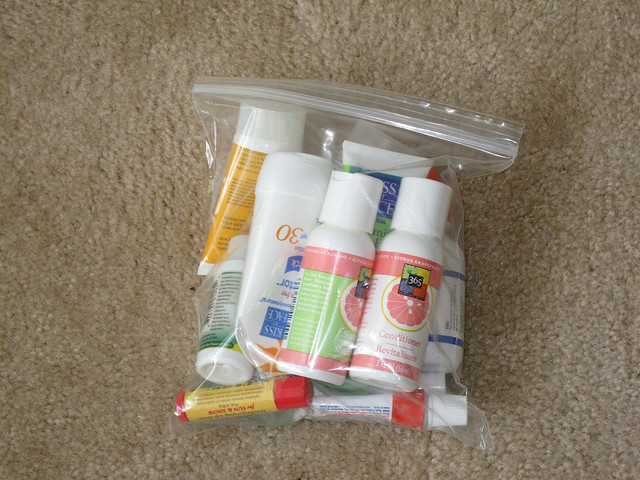
This is another area where I have a hard time minimizing! Its a work in progress.
- Take small reusable bottles or travel size bottles of your shampoo, conditioner and body soap
- Use small reusable plastic tubs for moisturizer, foundation and lotions
- Deodorant (I take a regular size instead of several small ones)
- Take a multi-color eye shadow compact instead of several individual colors
- Instead of worrying about lipstick all of the time, get tinted lip moisturizer
- Tweezers
- Nail file, clippers and clear /cream nail polish
- Several hair ties and clips
- Q-tips and cotton balls
- 2 travel toothpastes
- Toothbrush (for a week or less you could take your electric, but have a manual backup as well)
- Floss
- A small compact magnifying mirror
- For females, if you will need feminine hygiene supplies, bring enough for the duration of your trip unless you are certain they are available or you are not particular on brand or style. Often in developing countries the only tampon available is OB and not always easy to find.
The toiletry bag can get large quickly! If you are not particular with your personal hygiene items, most things can be purchased abroad easily, so take only what you need and stock up on more as you go. I find that part of the fun of traveling is checking out the local shops, exploring what the locals use. But be aware of becoming addicted to hard to find products!
Bags/Purses
I recommend only bringing one purse. This purse/bag can be used for all events and ideally will fit your camera, water and guidebook. Some people prefer the sling backpacks or a regular backpack. I tend to use a slouchy hobo bag that can fit everything and can be worn across my body if I get tired of carrying it on my shoulder. If you end up needing a small day purse, chances are you can buy one for pennies at your destination. Also a patterned bag or a dark color will help hide the dirt and stains that it will surely get. I also prefer cotton or canvas instead of leather, for those freak rain storms.
Electronics
Most countries outside of the Americas use 220-240 power, which means you need to leave your hair dryers and curling irons at home. In this day and age we all have a million gadgets that we carry along with us on our trips. Check your gadgets to make sure they say 110 -240 vac on the back before you pack them. If not, then don’t take it.
- A universal plug adapter (or two) with a USB connection. Having USB connections on the adapter will cut down on all of the bulky plugs that you need to bring. Bring your phone, camera and ipad/iphone cords and make sure they fit into the USB or plug.
Travel Tip: Carry your phone, iPad and other high use cords on the plane with you. There are often plugs on flights to charge while you use your electronics. This also helps if your checked luggage gets lost in route.
- A power extender such as an Name Your Link
“>Igo charger is handy if the battery life of your gadgets goes quickly. They aren’t much use if you don’t have access to batteries though. (i.e not as helpful on long distance hikes/treks)
- If a hair dryer is an essential, find a local shop upon arrival to purchase one or if you have a layover in a European airport you can pick up a small travel dryer that will work all over the world (except the US).
Security
 You can never prepare for all eventualities and somewhere along the way you will lose your bag or get something stolen. Take a few simple steps to help yourself in the event of something bad happening.
You can never prepare for all eventualities and somewhere along the way you will lose your bag or get something stolen. Take a few simple steps to help yourself in the event of something bad happening.
- Scan and email yourself your passport photo page and your credit cards. This way if your bag or purse is lost or stolen you can always get to an internet café and print out your important documents.
- Call your credit card and phone companies in advance to let them know when and where you will be traveling.
- Keep your passport with you at all times unless there is a safe in your hotel room.
- If your purse has an inside zip pocket, keep your money for the day, one credit card and passport inside. If your wallet is stolen you only loose a few of your US essentials (Tip: Clear your wallet before you leave and only take what is necessary for the trip), but you will still have access to money and a way to fly home!
Snacks
Load up your day bag, purse and suitcase with some long lasting snacks to help you out in a bind. I tend to take Luna bars or power bars with me because everyone in my family likes them. There is always a time when you are out travelling that you forget to eat and your blood sugar levels plummet and you need something NOW. Since we travel with a toddler we also are loaded up with dry fruits, nuts, animal crackers and gold fish. Things that can last the entire trip and come in small packets are useful. When travelling with a toddler (or a picky eater), I also take a large ziplock of cheerios and a jar of peanut butter. These have come in handy more than once.
Other extras
Depending on the type of traveling you are doing, the country and the season, some of these other things will come in handy while abroad.
- Small packets of clothes soap to do a wash in the sink if you need to
- Stain remover pens
- A small elastic clothes line
- A small flat folding reusable bag that can be used as an extra carry on if you overload your bags or can be used for shopping
- Ziplock bags (for wet clothes, for bottles that leak, etc)
- Small travel umbrella
- Travel pack towel (for budget accommodation type travel)
- Silk sleep sheet (if you stay in budget accommodation, these are great so you don’t have to worry about bed bugs!)
- Hand sanitizer and/or small pack of wet wipes
- Sarong – these are great not only for beach trips, but for a towel in a pinch or a light blanket on a long bus/train journey.
- Cards or small travel games for long bus/train rides
- Headphones (It is always great to have your own on flights.)
- Apps for your phone – phrase guide, currency converter, time zones
Packing light is essential to travel these days – airlines outside of America have much stricter baggage allowances and when going to developing countries, there is often little space on local transport for large suitcases. Practice packing your bag a day or two in advance. When you see how much does or doesn’t fit, you can begin to adjust accordingly.
Happy Packing!
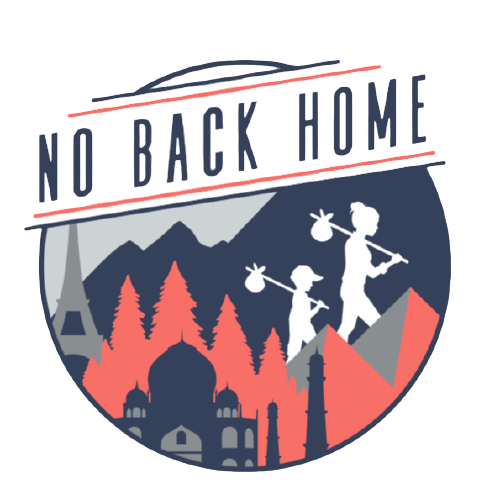
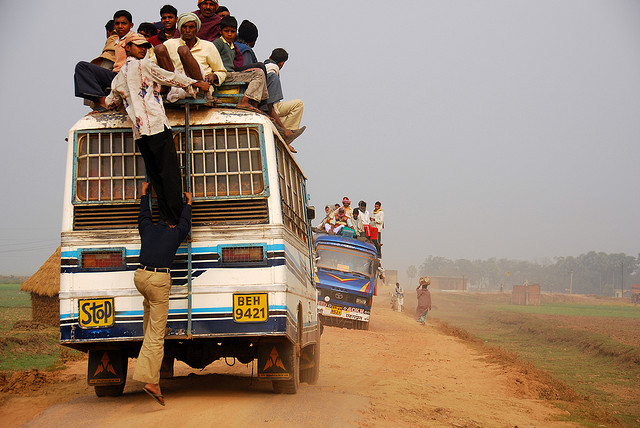
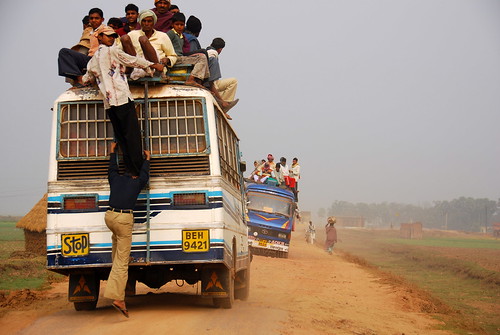
These are great tips! We will be referring to it again for a future trip! The idea about emailing yourself your passport photo is so simple yet brilliant. Thanks for writing this!
Thanks for the nice message! If you have any other questions before your trip feel free to message me!
Great list! I would also add a small camping style lantern ( preferably solar) and a purse size flashlight. You can find these at an outdoor sports store such as EMS. Another thing I always carry are those little instant coffee packets ( cannot go without my caffeine), you can buy those at Starbucks for sure. Oh and depending on the country some water purification tablets.
Great packing list! I can definitely vouch for those silk sleeping liners…I bought a cheapie one in Vietnam years ago and it’s served me very well since, even when my travel companions have been plagued by bed bugs! Totally agree on the snacks front, too – nothing worse than being ‘h-angry’ on a long bus journey!
Great tips. I love hiking; I´ve done my fair share all over the world. Its definitely true what you say about it being a mental, more than a physical block. Sometimes hiking in great company is also the key – a good conversation and someone to admire the view with makes all the difference. I would recommend hiking to anyone; its a great way to see many unexplored corners of the world and liberate your mind and body at the same time.